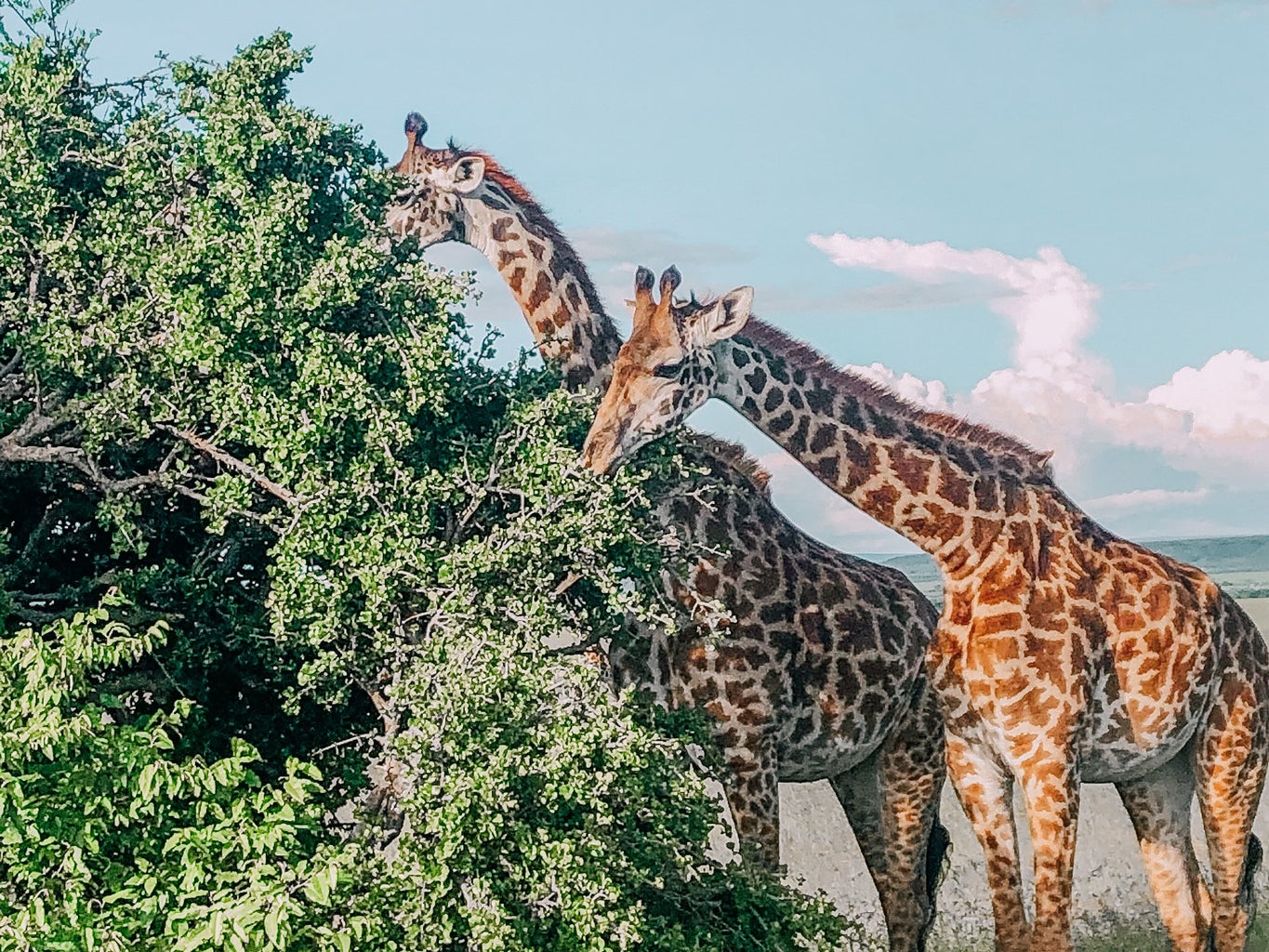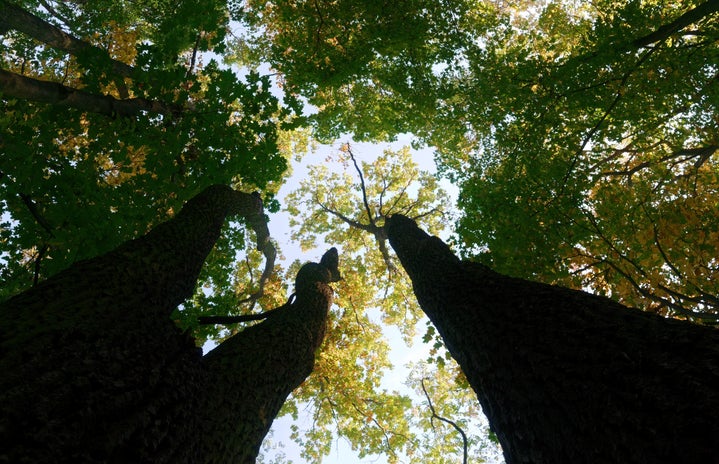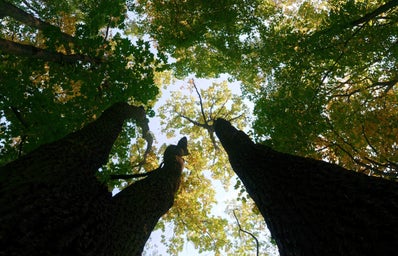What do you think when you hear “Forestry”? That answer may be different depending on your understanding of the forestry field. When I first decided to become a forester I had very limited knowledge of my prospective career options. Now that I am a few months from graduating with a Bachelor of Science Forestry, I’m excited to share five interesting careers aspiring foresters can look forward to.

Procurement Foresters are responsible for procuring forest materials for forest product manufacturers such as large solid white oaks for whiskey barrels, tall straight conifers for utility poles, or cedar for water-resistant lumber.
This includes sourcing, valuing, and bidding on the best timber for the given product. Procurement foresters have to be knowledgeable in the constraints and usefulness of different types of trees and the condition and form of each given tree.
2. Silviculturalist/Forest Management
Forest Managers are responsible for assessing the condition of a forest and its capabilities and creating a plan to increase or alter the forest conditions and/or Capabilities. These plans are enacted over many years, even hundreds depending on the lifespan of the species in the forest.
Forest managers used silvicultural practices such as preparation of land for planting, planting, thinning or cutting some of the trees, and harvesting all of the trees in an area to move closer to the desired forest.

I mentioned that forest managers may plant trees, but those trees have to come from somewhere! Tree nurseries grow trees from seeds to seedlings typically one to two years old. These seedlings are then sold to be planted, after having been set up for success by the nursery.
Nurseries take factors such as geographical location, species, and parent genetics into consideration to create the best seedlings for their customer’s needs.

Urban Foresters manage the trees in urban areas, such as the beloved oaks that may be found on your campus, or the ash trees that line your streets downtown.
Careful planning results in the right trees being placed in the right areas to create the aesthetic desired for an urban location, as well as a good match between the location and the tree species for its growth.

Forests are home to many species of wildlife, whether its game species, rare or endangered species, or species that people like to look at. Foresters may work closely with wildlife experts to manage forests to monitor, create, or improve habitat for specific wildlife species. For example, leaving behind dead broken standing trees after a harvest is great for many species of birds.
There are many different directions you can take after graduating with a degree in Forestry. I hope this list sparked your interest and could be the beginning of finding a forestry career that’s right for you!



